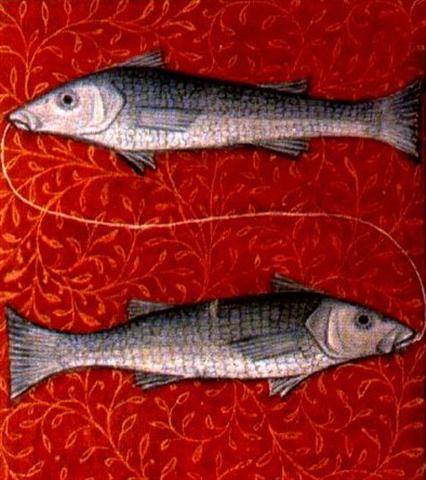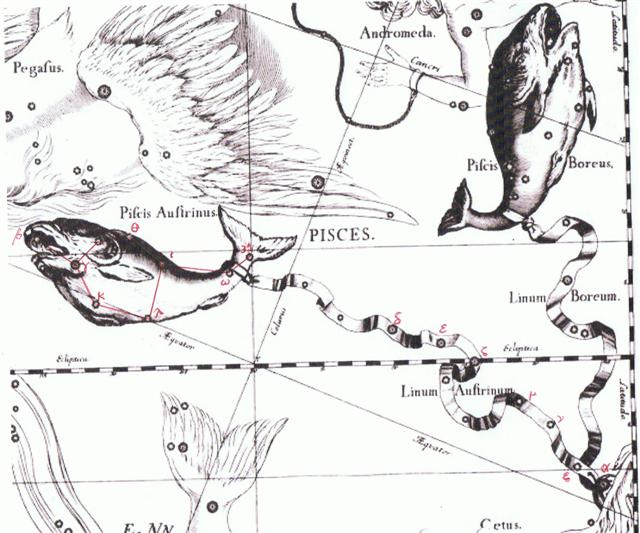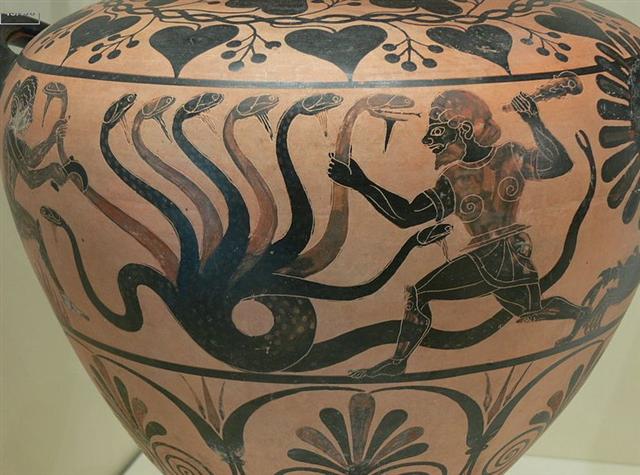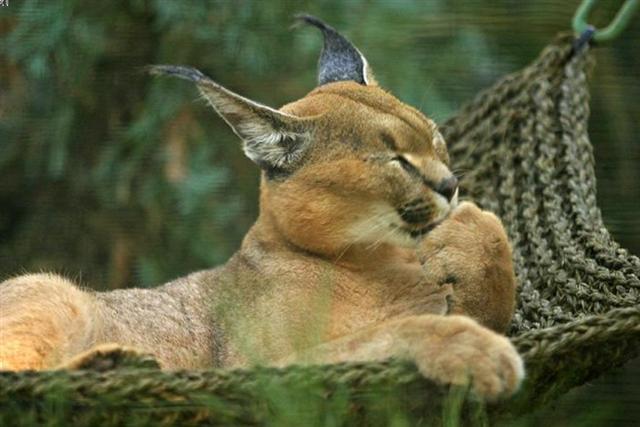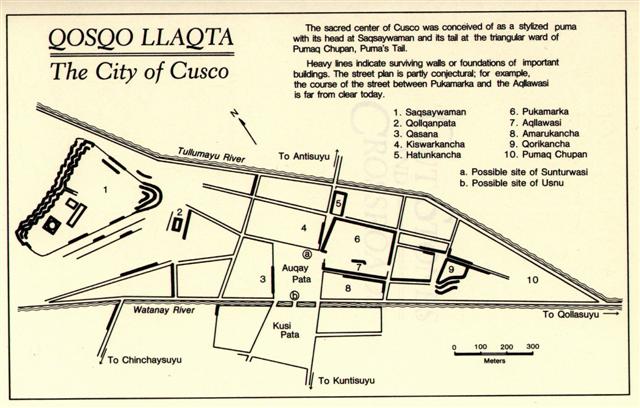65. The explanation could be that Manuscript E here wove together other strands of the great story - different time frames - for instance by looking ahead to Zosma and Coxa at the opposite side of the sky:
... Hotu's canoe sailed from Maori to Te Pito O Te Kainga. It sailed on the second day of September (hora nui) ... The fish star which had been at the Full Moon when once upon a time the Sun had been in JULY 3 (184) could have been Simmah at the left gill of the Southern Fish: ... The principal word for 'fish' in most Dravidian languages is min, which has an ancient homophone meaning 'star', both probably derivatives of the root min 'to glitter' ... Fish are actually unable to close their eyes, and the fact that 'when the fish sleeps it does not close its eyes' was noticed by ancient Indians. The dot-in-a-circle similar to that occuring among the trefoils of the Harappan priest-king's robe is identical with the eye of the many small hare- and fish-shaped amulets discovered on the lower levels of Harappa ...
Possibly the name Simmah was pointing at Leo: "Early Hindu astronomers knew it as Asleha, and as Sinha, the Tamil Simham ..." (Allen) However, the Hindu station Āshleshā - the Embrace - was at the Hydra:
... They were Ranginui, the Sky Father, and Papatuanuku, the Earth Mother, both sealed together in a close embrace. Crushed between the weight of their bodies were their many children, whose oppression deepened. They yearned to be free; they fought their parents and each other to break loose. Tuumatauenga, virile god of war, thrust and shouted; Tangaroa of the oceans whirled and surged; Tawhirirangimaatea, Haumiatiketike and Rongomatane, of wild foods and cultivated crops, tried their best but were not successful; and Ruamoko, god of earthquakes, yet to be born, struggled in the confinement of his mother's womb ... Of them all, Taane Mahuta, the god of the forests, was the most determined; he set his sturdy feet upon his father's chest, and braced his upper back and shoulders against the bosom of his mother. He pushed; and they parted. So the world, as the Maori understand it, came into being ...
JULY 4 was day 104 = 2 * 52: ... When it was evident that the years lay ready to burst into life, everyone took hold of them, so that once more would start forth - once again - another (period of) fifty-two years. Then (the two cycles) might proceed to reach one hundred and four [104] years. It was called One Age when twice they had made the round, when twice the times of binding the years had come together. Behold what was done when the years were bound - when was reached the time when they were to draw the new fire, when now its count was accomplished. First they put out fires everywhere in the country round. And the statues, hewn in either wood or stone, kept in each man's home and regarded as gods, were all cast into the water. Also (were) these (cast away) - the pestles and the (three) hearth stones (upon which the cooking pots rested); and everywhere there was much sweeping - there was sweeping very clear. Rubbish was thrown out; none lay in any of the houses ... In Manuscript E the numbers and dates of the Explorers (the planets who were moving in the night) were evidently connected with the timeframe of Bharani whereas the Sun was ruled by the calendar dates launched by Gregory XIII in 1582 A.D.
The Pope had placed his new date for the northern spring equinox 80 days from January 1 and this distance could for the southern hemisphere be translated as the distance from Zosma and Coxa to Antares. Fresh sweet rain water returned in the northern summer at the time of the hind quarters of Leo and 80 days later the southern summer light arrived with Antares (both events having moved ahead with 64 days since the time of the Bull):
... The canoes of Ava Rei Pua and of Hotu were seen near the (off-shore) islets. On the fifteenth day of the month of October (tangaroa uri) the canoe of Hotu and the canoe of Ava Rei Pua landed. On the fifteenth day of the month of October (tangaroa uri), Nonoma [Jupiter] left the house during the night to urinate outside. At this point Ira [Sun] called out to Nonoma, 'Look at the canoe!' Nonoma ran, he quickly went to Te Hikinga Heru (a ravine in the side of the crater Rano Kau) and looked around. There he saw the double canoe way out near the (offshore) islets, and the two (hulls of the canoe) were lashed together. He ran and returned to the front of the house. He arrived and called into the house: 'Hey you! This canoe has arrived during the night without our noticing it!' Ira asked Nonoma, 'Where is the canoe, which you say is lying out there (in the water)?' Nonoma's voice came back: 'It is out there (in the water) close to the (offshore) islets! There it lies, and the two (hulls) are lashed together.' The four of them (corrected for 'the six of them') went out and picked up leaves (on branches) to give signals. They picked them up, went and arrived at Te Hikinga and saw the canoe. Raparenga [Moon] got up, picked up the leaves, took them in his hands, and waved, waved, waved, waved ...
But the Julian equinox had been day 84 (= 12 weeks) from 'January 1 and this measure seems to have been documented in the G text:
And *249 (Antares) - 84 = *165 (Alkes). |
|||||||||||||||||||||||||||||||||||||||||||||||||||||||||||||||||||||||||||||||||||||||||||||||||||||||||||||||||||||||||||||||||||||||||||||||||||||||||||||||||||||||||||||||||||||||||||||||||||||||||||||||||||||||||||||||||||||||||||||||||||||||||||||||||||||||||||||||||||||||||||||||||||||||||||||||||||||||||||||||||||||||||||||||||||||||||||||||||||||||||||||||||||||||||||||||||||||||||||||
